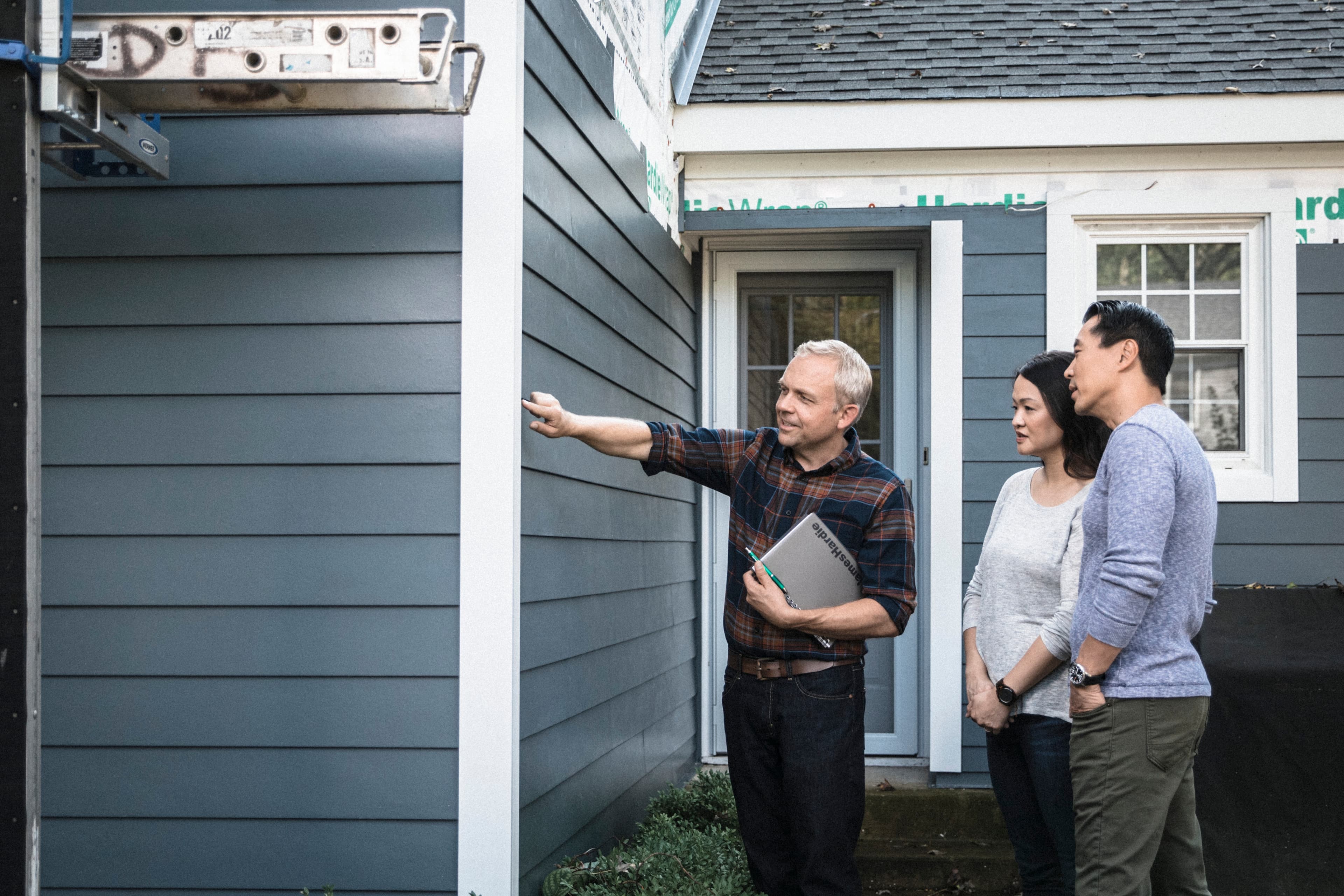How much does siding replacement cost?
Knowing what to expect when re-siding can help you make room in your budget or secure the appropriate financing for your needs. This guide will provide a sense of how much a siding replacement costs and factors that impact pricing.

Here’s what to expect from your cost estimate.
No matter your reason for re-siding, you have the opportunity to give your home a facelift — you can choose new siding colors and a design that enhances your home’s curb appeal and value. But re-siding is also a costly endeavor.
Knowing what to expect can help you make room in your budget or secure the appropriate financing for your needs. While the best way to get an accurate price is to request a quote, this guide will provide a general sense of how much siding replacement costs and the factors that impact pricing.
What factors impact the cost of siding installation?
- Your home’s size and shape: The surface area of your home’s exterior determines how much material your siding installer will need and may even impact the cost of a permit if one is required. You’ll also pay more for a home with multiple stories, especially if its architectural design makes siding installation more challenging.
- Your choice of materials: Some siding materials cost more than others. Vinyl is less expensive but lacks the aesthetics of wood or fiber cement. Wood is typically more expensive than either fiber cement or vinyl and also has higher ongoing maintenance costs. Fiber cement is more expensive than vinyl, but typically less than wood siding, and is more resilient to weather and fire damage than either wood or vinyl.
- Different product lines of the same material also vary in cost: Hardie® Artisan® siding is more expensive than Hardie® plank as it allows homeowners to invest in distinctive thick board and holds luxury appeal. In addition, custom paint colors may require an additional cost.
- Labor prices for the contractor you choose: Some companies charge more for labor than others, even within the same zip code. Comparing quotes can help you get a good price, but make sure to evaluate the installer’s reputation. An unusually low price can sometimes indicate inferior workmanship. James Hardie thoroughly vets its Preferred Contractors to ensure a strong track record of customer satisfaction.
Other factors to keep in mind:
- The season: Summer is typically a busy season for siding replacements, so scheduling your re-siding project during the contractor’s off-season may sometimes grant a lower estimate. However, you’ll need to be more wary of inclement weather that could impact the job during those off-seasons.
- Your existing siding: The cost to remove your current siding can vary depending on the siding material and whether there’s any damage underneath. Some older homes may require lead paint abatement.
- Your home’s location: The price of materials, labor, and compliance with building codes and permitting requirements vary from one location to the next.
What’s included in my contractor’s pricing estimate?
If you ask your contractor for an itemized price quote, you might see the following items:
- Materials: Your contractor may include a per-unit price and quantity for all required materials, including the siding and trim boards.
- Labor: Some siding installers estimate how long the project will take and multiply an hourly rate by the number of hours, while others may charge a flat rate for the entire job.
- Other costs: Your price quote will also include miscellaneous expenses, such as equipment rental, waste removal, permit costs, and sales tax, which will be reflected in the total price.
Most price quotes also account for unexpected costs. For example, the document might indicate a percentage above the estimated price that could be due upon completion if inclement weather or other unforeseen issues occur. Our re-siding guide offers an outline of what to expect during the installation process.
Understanding cost and value
Siding replacement is one of the more expensive home renovation projects, but it can deliver big benefits. Understanding the upfront and ongoing costs of different siding options can help you choose the right material for your home, and once you’ve determined the approximate cost of your project, you can financially prepare.
If you’re ready to start your re-side journey with a professional, Request a Siding Quote so we can connect you with skilled local contractors. The James Hardie™ ALLIANCE connects homeowners with contractors nationwide whom you can trust are both licensed and insured.